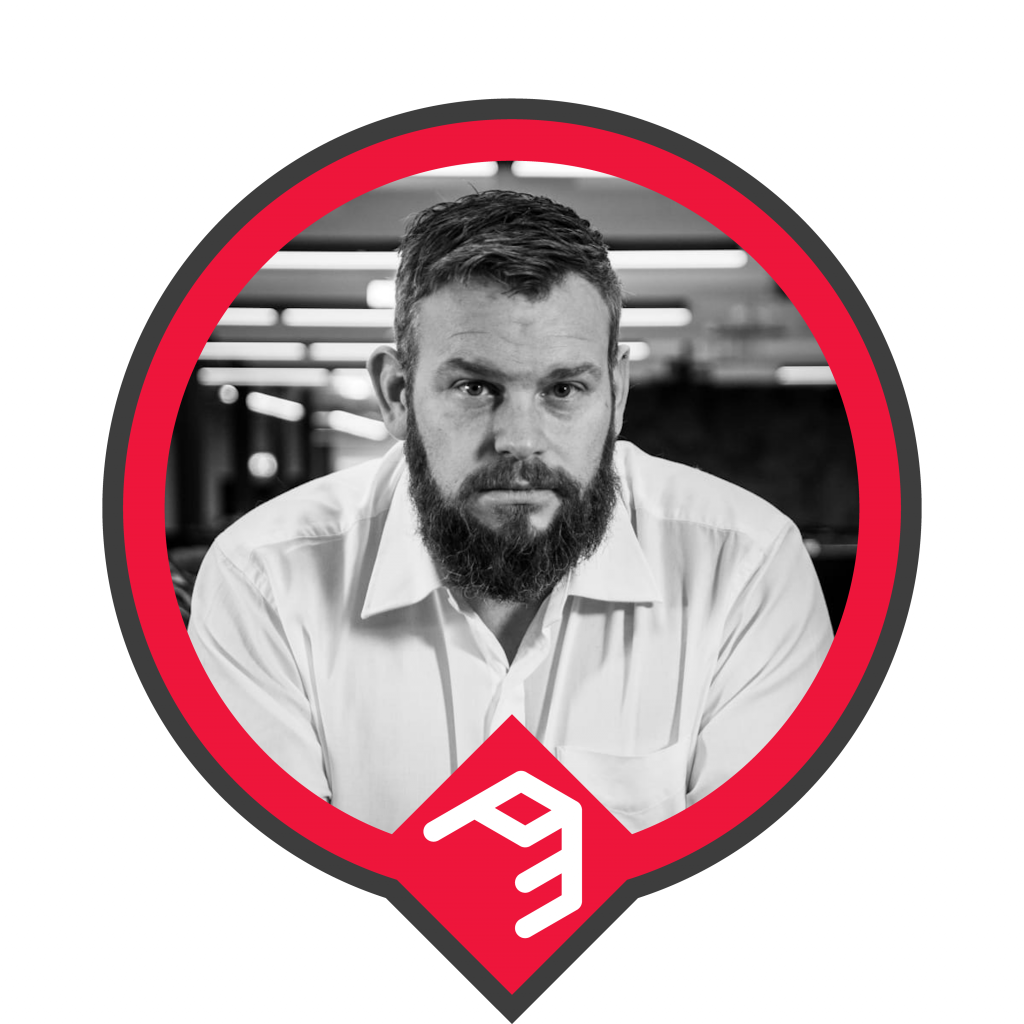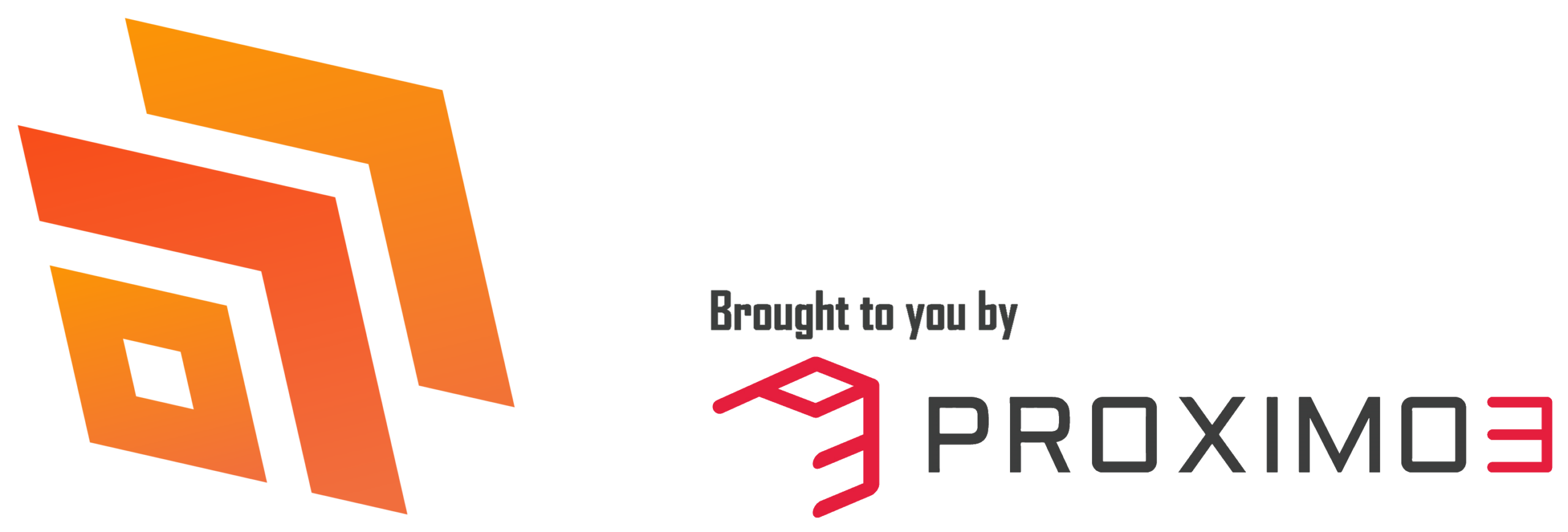Now Reading: How to Build a Dynamics 365 & Power Platform Community in Your Area
-
01
How to Build a Dynamics 365 & Power Platform Community in Your Area
- Home
- Dynamics 365
- How to Build a Dynamics 365 & Power Platform Community in Your Area
How to Build a Dynamics 365 & Power Platform Community in Your Area
 Mark ChristieDynamics 365, Dataverse, Dyn365CE6 months ago1.4K Views
Mark ChristieDynamics 365, Dataverse, Dyn365CE6 months ago1.4K Views

Building a Microsoft Dynamics 365 & Power Platform Community in Your Area
As a team we believe that sharing knowledge, building connections, and giving back to the Microsoft community is just as important as delivering great solutions. Our Consulting Director Andrew Bibby plays a leadership role in the Dynamics 365 & Power Platform user groups in the UK, and this blog reflects our belief in the power of community-led growth. We hope this insight is helpful, whether you’re just starting out in the community or looking to take a more active role in community building.
Building a thriving tech community might sound like a big task, but it doesn’t have to be. If you’re passionate about Microsoft Dynamics 365, the Power Platform, or both, starting a local user group is one of the most rewarding ways to grow professionally, connect with others, and help shape the future of the ecosystem.
Why Community Matters
Local user groups and meetups offer more than just technical insight; they’re where real conversations happen. Whether you’re new to the tech scene or an experienced consultant, a strong community helps you:
- Learn from peers in a relaxed, real-world setting
- Discover what others are working on (and be inspired)
- Raise your own visibility in the Microsoft community
- Build lasting professional friendships
My Journey into Community Building
My own story began with one small UK-based user group. Fast forward to today, and we now have 11 regional groups, a team of over 30 community champions, and more than 3,000 members via Meetup.
It didn’t happen overnight, and it definitely wasn’t perfect. But the key takeaway? Consistency beats perfection. Showing up regularly and delivering value is what builds trust (and attendance).
How to Get Started
Start by answering a few questions:
- Will this be a user group or a one-off event?
- Will it be in-person, virtual, or hybrid?
- What audience are you trying to serve – Dynamics CRM, ERP, Power Platform, or a mix?
- What outcome do you want to achieve?
Pick a format and stick to it for a while, don’t wait until everything’s perfect. Just start.
In-Person vs Virtual: Which Is Best? Hybrid can be the best of both worlds, if you plan it carefully.
In-person events create stronger relationships and better networking opportunities. They’re also great for engaging local Microsoft partners. The downsides? Venue costs, travel, and limited reach.
Virtual events are easier to organise and scale. They let you bring in speakers from anywhere and make it simple to record and share content. But they can lack the engagement and spontaneity of in-person meetups.
Your First Event: Keep it Simple
- locking in a date and time.
- Find a suitable venue – many partners, universities, or clients may be happy to help.
- Plan a short, focused agenda (2–3 speakers, under 2 hours)
- Get the tech setup sorted.
- Don’t forget time for networking. Those informal chats are where the real magic happens.
Reaching Your Audience. Promoting your event is just as important as planning it
- Post in LinkedIn groups
- Use Meetup or Eventbrite
- Connect with local universities, customers, and Microsoft partners
- Ask early attendees to spread the word
The more you promote, the more momentum you’ll build!
Event Planning Tips
- Use a repeatable format: presentation, demo, Q&A
- Organisers can speak at first if needed
- Keep it under 2 hours
- Consider food, security, and accessibility for in-person events
- Always collect feedback (it helps improve future events)
Do You Need Sponsors?
Not always but they can help with…
- Venue costs
- Food and drinks
- Swag or giveaways
- Software tools or platforms
Look to Microsoft partners, ISVs, recruiters, or even your own company. Be clear about your audience reach, and offer easy, low-effort ways to get involved (like branding or speaking opportunities).
Tools To Make It Easier
- Meetup/Eventbrite – for visibility, RSVPs, reminders
- LinkedIn – for posts, polls, and personal outreach
- Sessionize – for managing speaker submissions
- Microsoft user group platforms – community.dynamics.com, community.powerplatform.com
Keeping the Momentum Going
The hardest part? Sticking with it.
- Run events regularly (monthly or every other month)
- Share highlights, photos, and speaker quotes (social media)
- Involve community members with lightning talks or panels
- Don’t be afraid to ask for help
- Above all? make it fun!!
Final Thoughts…
Building a community isn’t about size, it’s about consistency, value, and relationships. If you’ve been thinking about starting your own Dynamics 365 or Power Platform group, take this as your sign to get started.
Check Yasmin Gray’s original post https://proximo3.com/building-dynamics-community/ on proximo3.com which was published 2025-07-03 12:26:00
Finance & Operations9 months ago
D365 Performance Logs
Podcasts42 minutes ago
Debunking the Hire-to-Retire Myth in HR Systems
Finance & Operations9 months ago
D365 Performance Logs
Dyn365CE9 months ago
Embracing AI with Microsoft Copilot















